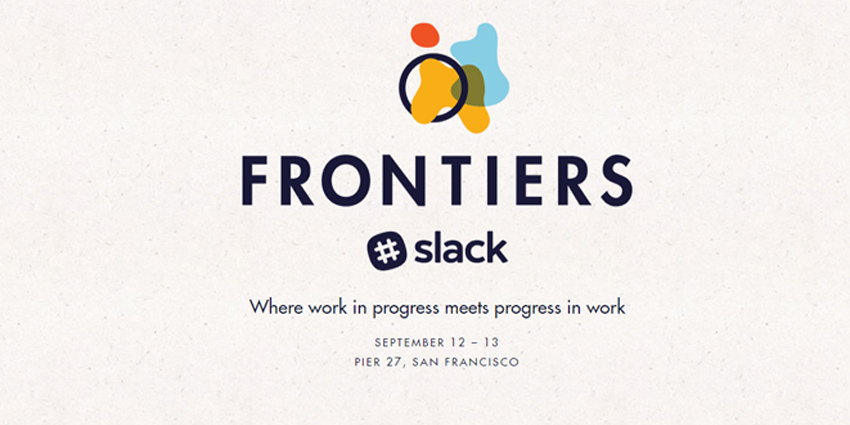At Slack’s very first partner and development event, “Frontiers“, the collaboration brand announced the beta release of a new platform called “Shared Channels“, which would give organisations an opportunity to work with people both inside of their own company network, and outside of the business too.
While Slack has long given users an opportunity to bring new contacts into their channels through temporary accounts and ad hoc guest passes, Shared Channels is the solution that’s designed to take this strategy a step further. As a result, the company believes that the new service could be a way to eliminate the need for email permanently.
Time to Say Farewell to Email?
According to Slack, the new “Shared Channels” solution will give organisations the opportunity to connect with different companies and individuals within their own business through a common space. However, the solution also means that none of the organisations invited into the community will be able to access the secure channels that belong to other groups.
The unique nature of the Shared Channels product has prompted Slack to begin advertising the service as the next big thing – and perhaps the ultimate answer to phasing out email in the workplace. A blog post from the team suggested that you can stop using email to collaborate with other people outside of your business, now that the Shared Channels format is available.
The introduction of Shared Channels as an email replacement makes sense when you consider the fact that Slack promised to eradicate the need for work emails from the day it was first launched. Of course, although Shared Channels delivers a new solution for businesses, it’s fair to say that it might not spell the end for emails just yet.
Exploring Shared Channels
Email has managed to stick around in the business space for several years now, despite the delivery of new collaboration and communication methods. That could mean that it’s a while before we’re ready to give it up altogether. That being said, the Shared Channel solution may make it easier for companies to facilitate more natural communication with people outside of their own organisation. It could also simplify the Slack channel too, by allowing people to send multiple messages to various people from the same space.
Slack is particularly effective for businesses today because it integrates well with other third-party apps. That means that users can work on Dropbox documents, make Zoom calls, and check the status of their projects from within their Slack environment.
What’s Next for Slack?
Although Slack might be getting ahead of itself with the claim that it will be replacing email, it did have plenty of interesting news to share at Frontiers this year. For instance, the CEO of the company, Stewart Butterfield announced that Slack now has $200 million in recurring revenue, and more than 6 million users too.
Slack has also added a range of new language options to the application, including Spanish, French, and German. Additionally, the product team suggested that the year ahead would deliver improved interactive screen sharing, better search, and more for Slack customers.







